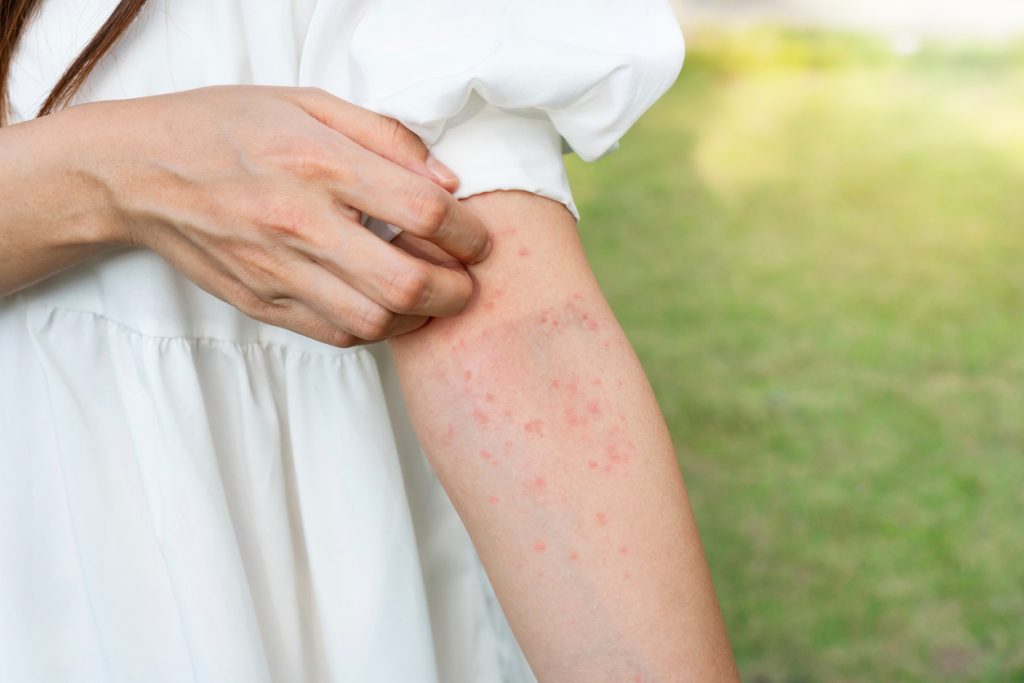Atopy patch tests (APTs) may be the best way to detect food‐triggered atopic dermatitis (AD), according to a new literature review in Clinical Reviews in Allergy & Immunology.
APTs detect sensitization to food proteins responsible for systemic contact dermatitis (SCD), which can then be confirmed by oral food challenge.
Atopy patch testing has greater than 75% sensitivity and specificity compared to food challenge in patients with dermatitis, the new study showed. What’s more, negative APTs are very helpful in reducing anxiety parents may have regarding food triggers of dermatitis, note researchers including Kripa Raj Ahuja, a medical student at Eastern Virginia Medical School in Norfolk, VA.
Is it Food‐Triggered Atopic Dermatitis?
Clues to a food trigger include the history of recurrence in consistent areas, dyshidrotic eczema, or recalcitrant eczema despite topical avoidance of identified contact allergens.
When contact between inflamed skin and food antigens occurs, contact hypersensitivity can develop. “Consequently, SCD can occur after ingestion of allergenic foods or food additives in the setting of a Th2 response with CLA-positive T cells, triggering dermatitis where skin resident memory lymphocytes reside,” the researchers explain.
The bottom line? “APT is valuable in assessing delayed hypersensitivity reactions and offers potential benefit in diagnostic testing for those with refractory AD thought to have a food trigger,” the researchers write. “In comparison to a food challenge, APT is less costly and faster due to the ability to test multiple items at one time compared to food challenge and does not need to be followed with food challenge if recall reaction at a patch test site is noted upon ingestion of that food or additive.”
APTs should be performed in a history-driven fashion, along with conventional tests for food additives and an extended series of contact allergens, the study authors note.
“In dermatitis patients at risk for Th2 skewing based on a history of childhood-onset flexural dermatitis, shared decision-making should include a discussion of identifying and avoiding food and food additive triggers, as well as identifying and avoiding all contact allergens, before initiation of systemic therapy for dermatitis.“


